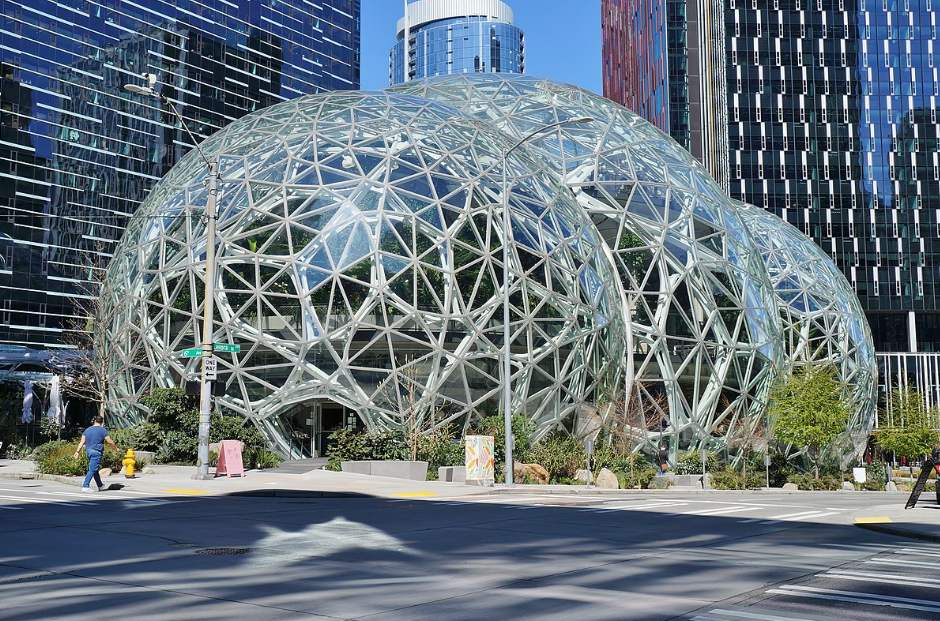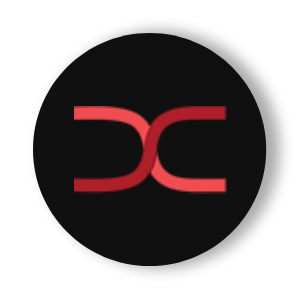
In the dynamic context of the 21st century, corporate architecture has emerged as a powerful tool for building substantial connections between companies and their communities. Office architecture has evolved beyond a mere workplace to become a landmark in the urban landscape, a tangible manifestation of the brand identity, and a statement of commitment to environmental, social, and governance (ESG) standards.
Corporate Architecture as a Social and ESG Governance Asset
A corporate office is much more than a space for employees. When well-designed, it can play a multifaceted role in the urban and social fabric by fostering connection with the local community, reinforcing the brand identity, promoting sustainability, and creating an inclusive environment. Each of these aspects has the power to transform corporate architecture from a functional requirement into a social and ESG governance asset.
Fostering Connection with the Local Community and Strengthening Governance
Corporate buildings have the potential to enrich urban and community life by offering public spaces, amenities, and programs that engage with the local community. This is not only an opportunity for the company to give back to the community, but also a way to embed the brand in local culture and everyday life, strengthening its social governance.


Facebook is a company that understands the multifaceted role of a corporate office. Its headquarters, “MPK 21,” features a public plaza, walking trails, and an event space, all designed to seamlessly blend with the local community. Furthermore, the office incorporates a range of sustainable strategies, including extensive green roofing, a greywater system for water reuse, and walls that allow for natural ventilation, reducing the need for air conditioning. These practices demonstrate Facebook’s commitment to sustainability and ESG governance, turning corporate architecture into a valuable asset for the brand.


Another company that understands the power of corporate architecture is Amazon, whose headquarters in Seattle, known as “The Spheres,” is an impressive example of how an office can reinforce the brand identity, promote sustainability, and serve as a space for community connection. “The Spheres” consist of three glass domes that house over 40,000 plants from around the world, creating a unique and relaxing work environment for employees. Additionally, they are open to the public on certain days, allowing the local community to enjoy this green space and connect with the Amazon brand.



Reinforcing Brand Identity and Governance
Corporate architecture is also a powerful tool for branding and governance, capable of expressing a company’s identity, values, and vision in a tangible and impactful way.





An example of how corporate architecture can be used to reinforce brand identity is the global headquarters of Adidas in Herzogenaurach, Germany. The “Arena World of Sports” is an architectural complex that reflects Adidas’ philosophy of promoting sports and fitness. Its facade design is inspired by open stadiums, and the interior is designed to foster collaboration and creativity, reflecting Adidas’ team values. Additionally, the facility incorporates sustainable features such as geothermal heating and cooling systems and extensive green roofing, aligning with the company’s ESG governance principles.
The pharmaceutical company Novo Nordisk, based in Denmark, is another example of how corporate architecture can be used as a branding and governance tool. Their “NN1,” designed by the architectural firm Henning Larsen, is a spiral-shaped building that symbolizes the company’s continuous pursuit of innovation. The building was designed to promote collaboration, with flexible workspaces and common areas that encourage encounters and idea exchange. Moreover, the building was constructed to the highest sustainability standards, incorporating features such as rainwater recycling and maximization of natural light, demonstrating Novo Nordisk’s commitment to ESG governance.

Promoting Sustainability and ESG Governance
Sustainability and ESG governance have become imperative in the design of corporate buildings. The adoption of sustainable design strategies not only reduces the company’s environmental impact but also demonstrates its commitment to environmental responsibility and strengthens its ESG governance.

Another company that stands out in adopting sustainability and ESG governance in the design of its corporate buildings is Bloomberg. The Bloomberg headquarters in London is a sustainability landmark. The building features a rainwater harvesting system on its roof, LED fixtures with motion sensors, double-glazed windows for thermal control, and utilizes energy from a cogeneration system. Due to these sustainable features, the Bloomberg headquarters in London has received an “Outstanding” rating from BREEAM (Building Research Establishment Environmental Assessment Method), one of the most respected sustainability assessment methods for buildings. These sustainable design practices not only reduce the environmental impact of the construction but also demonstrate their commitment to environmental responsibility and ESG governance.

Creating an Inclusive Environment and Reinforcing Governance
Last but certainly not least, corporate architecture plays a crucial role in creating inclusive work environments and implementing strong governance.
A notable example of a company using corporate architecture to promote inclusion and governance is IKEA. The Swedish company is known for its commitment to equality and diversity, and these principles are reflected in the design of their offices. Their global office in Älmhult, Sweden, features a range of adaptable workspaces and comfortable resting areas designed to accommodate a variety of needs and work styles. Additionally, IKEA has demonstrated its governance by committing to sustainability and responsible resource usage, with the Älmhult building constructed using sustainable materials and utilizing renewable energy technologies.
Corporate Architecture and ESG Governance
Corporate architecture is becoming a powerful force for connecting companies and communities, as well as strengthening ESG governance. Responsible corporate architecture is, therefore, not just an ethical imperative but also a strategic opportunity for companies to differentiate themselves and become rooted in their communities.





